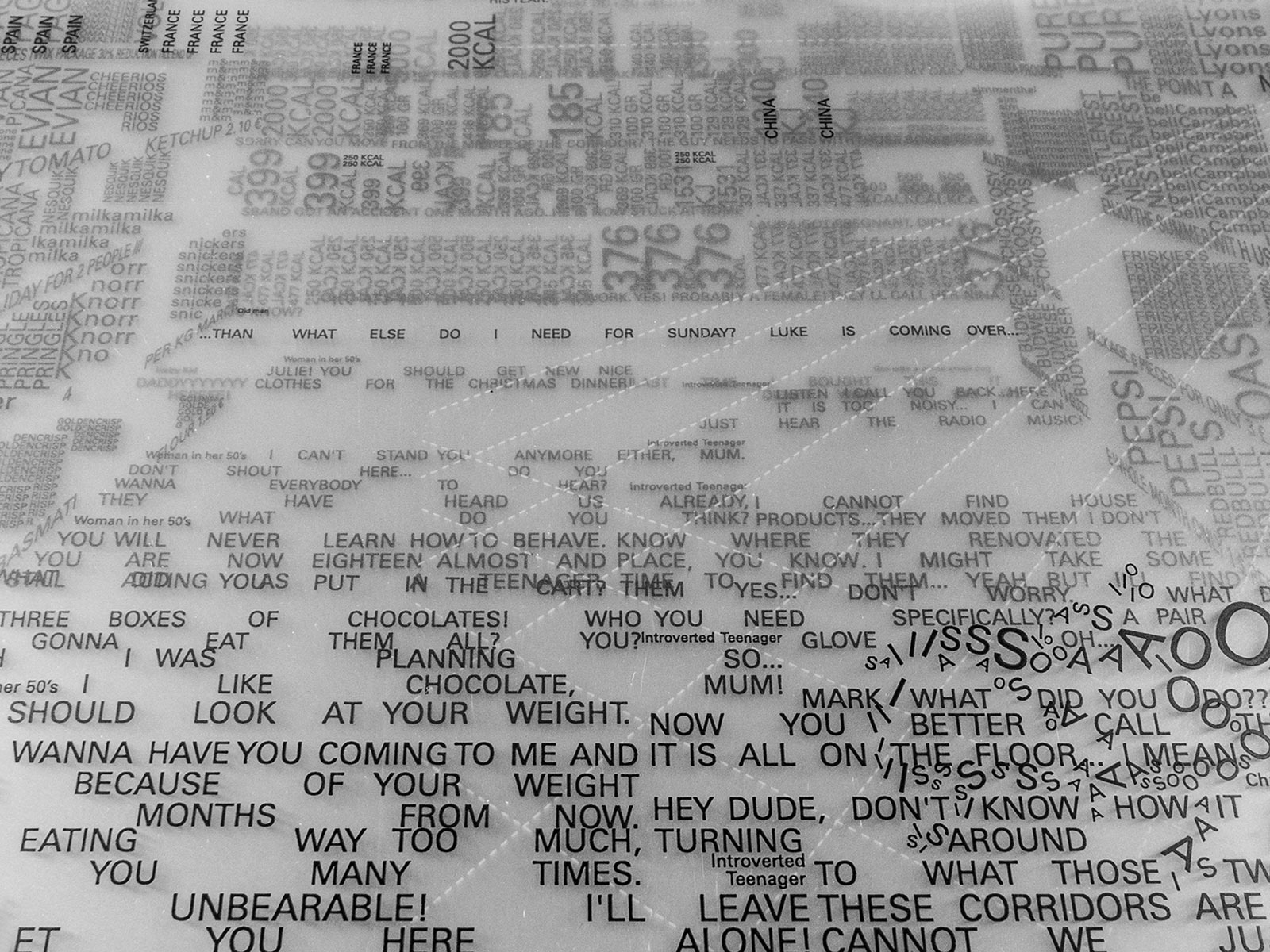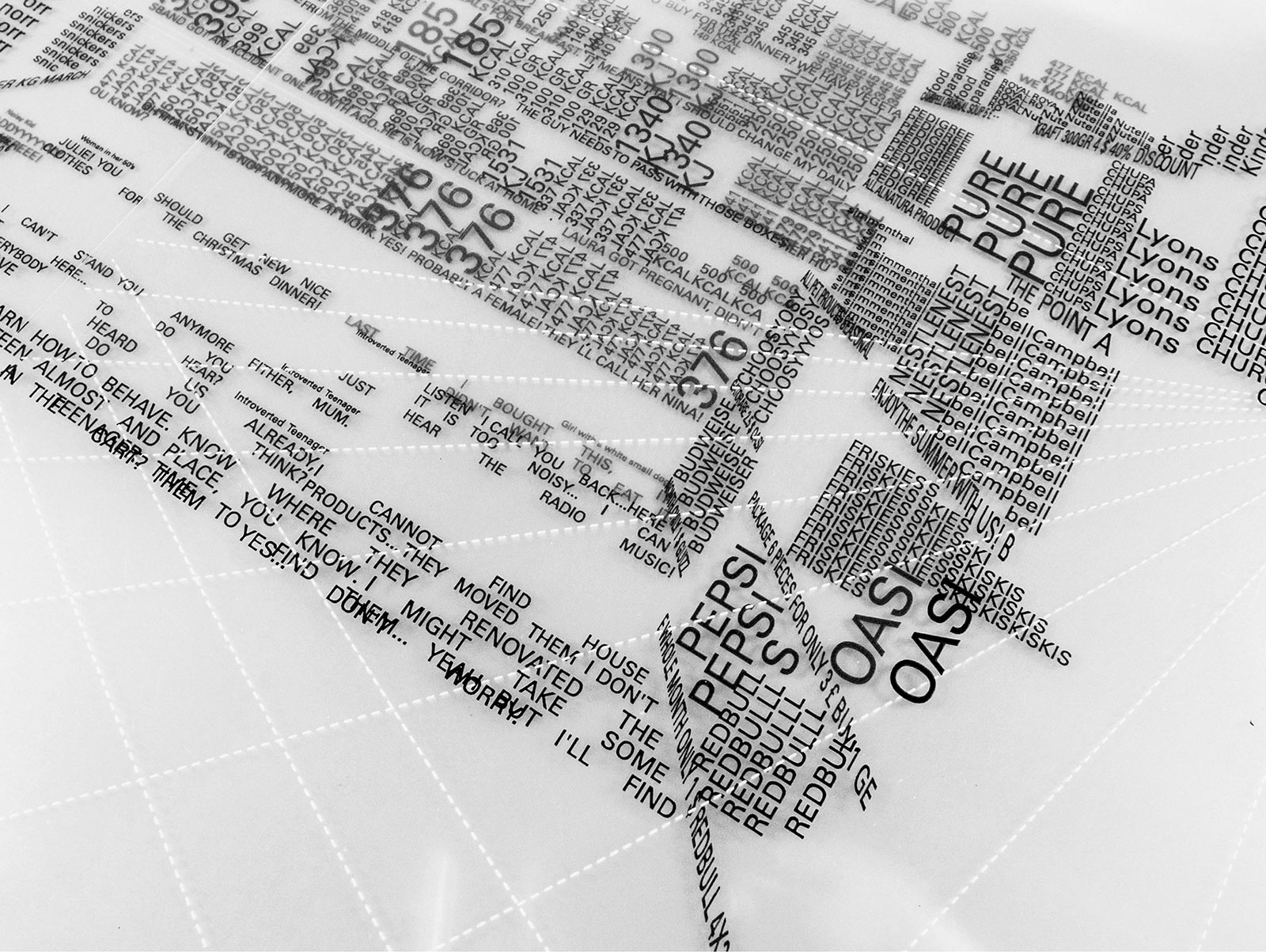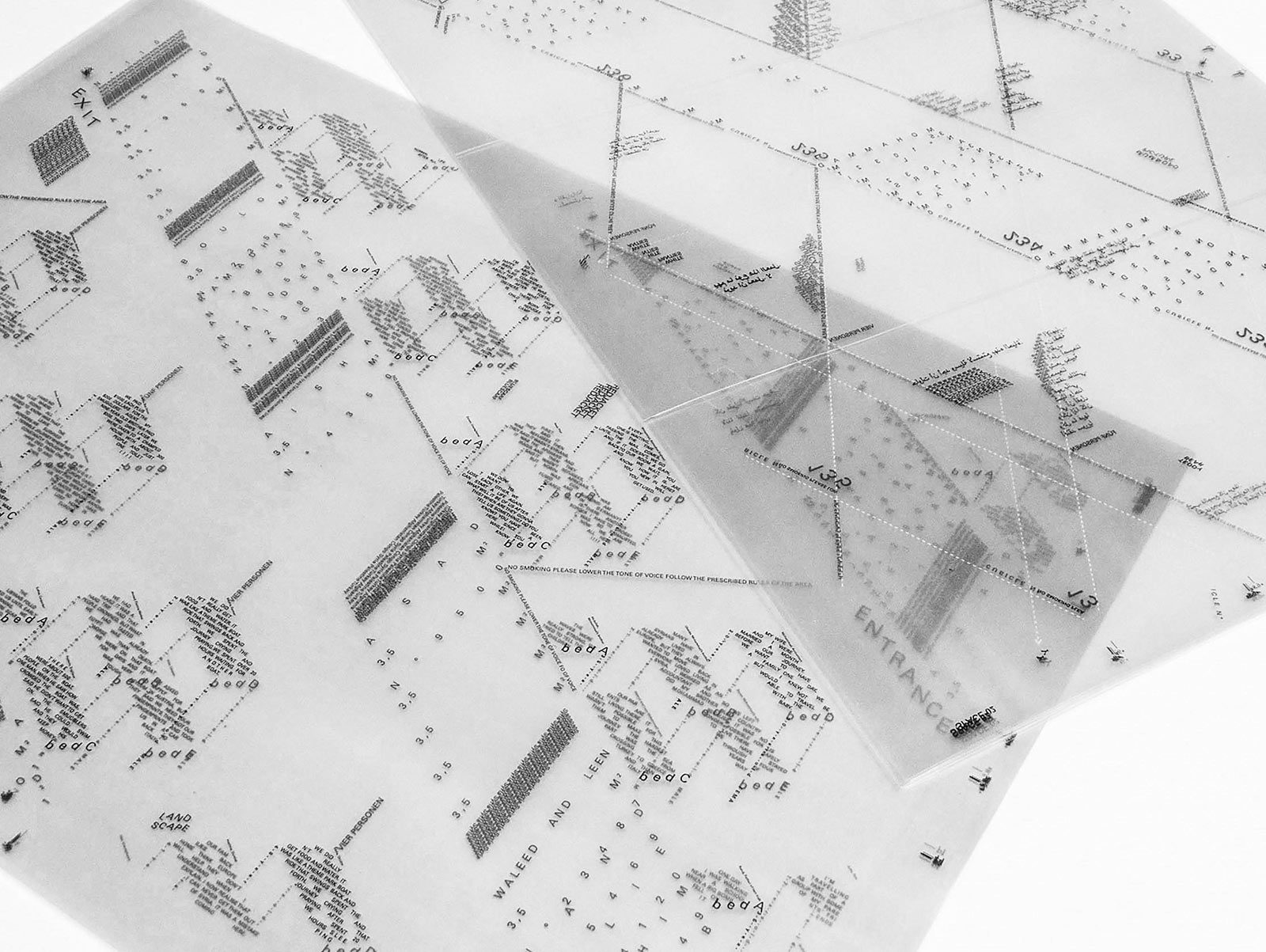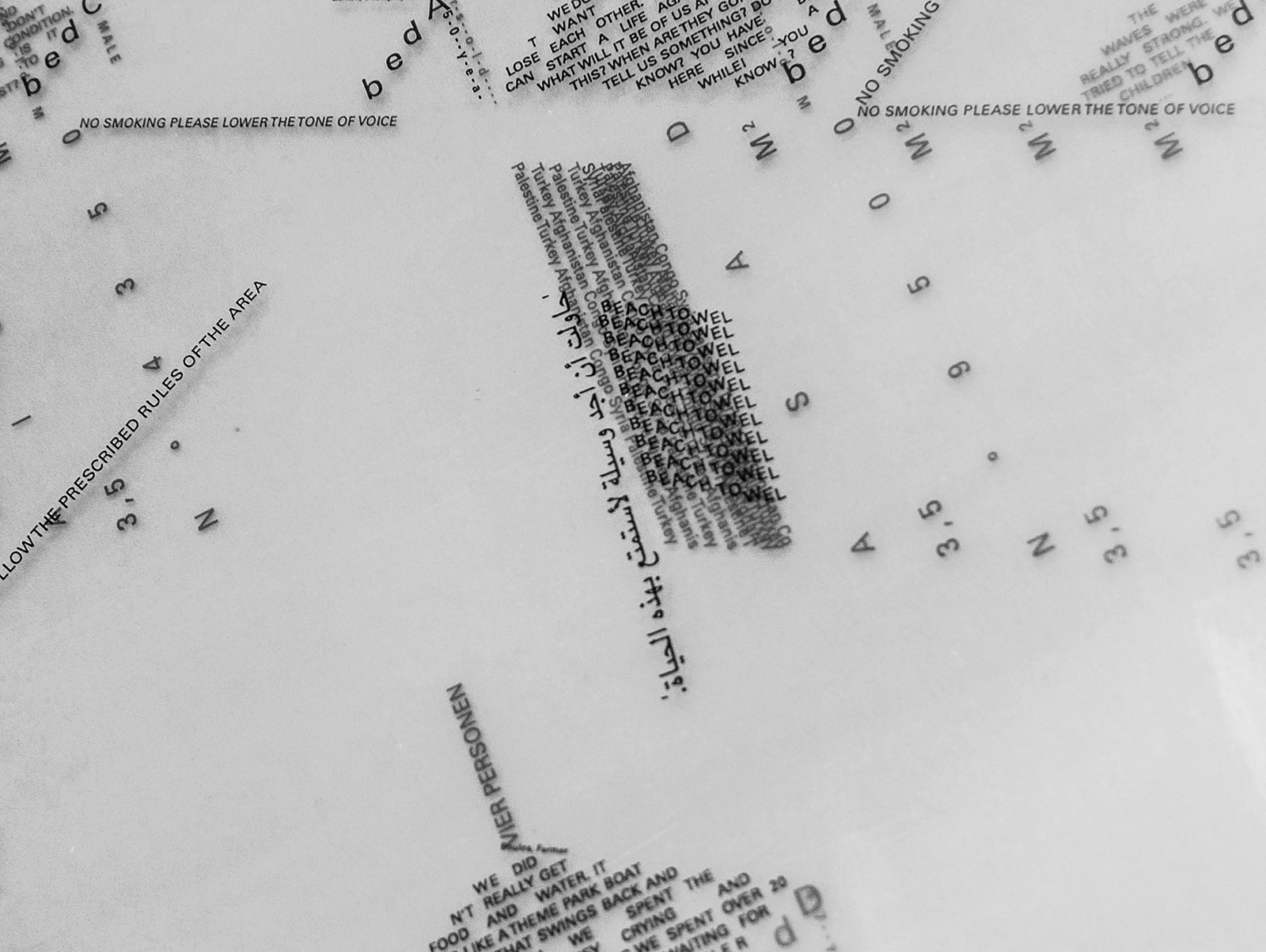Visuelle Kommunikation / Master
Silvia Balzan
Drawing through Words – Reading through Images
Alternative Visualizations of Architectural Spaces
The research discusses the topic of representation and transmission of architecture. Among the variety of possible means of communication used in the architectural field, the research concentrates itself on the use of drawing and the book throughout history.
Drawing plays a central role in architecture, which is ultimately an allographic art. The architects need to share their projects with people involved in the process of realization to determine the complete realization. Thus the drawings work as a “notation system”: a technical tool.
On the other hand, what the current research aims to point out is the idea of an experimental architectural aesthetic that privileges the drawing as an expressive tool and not merely a technical one. In fact, the technical “notation system”, often excludes the participation of a larger audience. A gap of communication, is often due to the fact that an “emotional layer” is stereotypically over-simplified, or not authentic enough to speak to the people and for the people.
The tool of experimental typography has been applied for the expression of this new layer of content. A set of experiments has been initiated by using verbal language to translate technical drawings.
The research is not intended to be commercial driven. It is meant to provide an alternative way to look at tridimensional spaces: beyond the concept of fidelity of reproduction. In the course of the experiments, the drawing definition in itself is questioned and “hybridized”.
Drawing plays a central role in architecture, which is ultimately an allographic art. The architects need to share their projects with people involved in the process of realization to determine the complete realization. Thus the drawings work as a “notation system”: a technical tool.
On the other hand, what the current research aims to point out is the idea of an experimental architectural aesthetic that privileges the drawing as an expressive tool and not merely a technical one. In fact, the technical “notation system”, often excludes the participation of a larger audience. A gap of communication, is often due to the fact that an “emotional layer” is stereotypically over-simplified, or not authentic enough to speak to the people and for the people.
The tool of experimental typography has been applied for the expression of this new layer of content. A set of experiments has been initiated by using verbal language to translate technical drawings.
The research is not intended to be commercial driven. It is meant to provide an alternative way to look at tridimensional spaces: beyond the concept of fidelity of reproduction. In the course of the experiments, the drawing definition in itself is questioned and “hybridized”.





